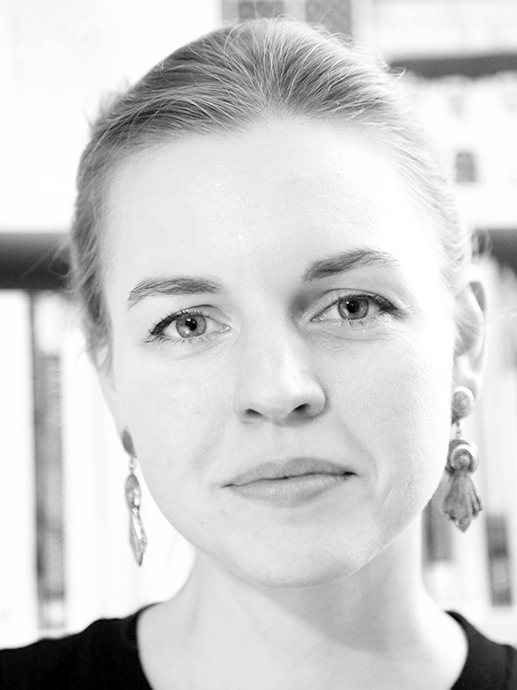About the seminar
"Christian mysticism is a spiritual tradition of ascetic discipline in which nature is transcended and matter is mortified. “Denial of nature for the sake of what is above nature” is the name the tradition gives to this discipline. Yet contemplation in Christian mysticism is also seen as being very much like nature, with Augustine arguing that a person exerts no more effort to move toward God than bodies are observed to do when they allow themselves to be pulled by gravity toward earth. One recurring question in Christian mysticism is what kind of experience is contemplation, if by it transcendence appears more like a leaping in the place of life.
I will argue that mystical spirituality is a practice of resonating with environments and critter kin

My thesis is that by understanding contemplation as already a natural activity, we rule out one influential interpretation of Christian mysticism, the interpretation that equates it with intellectualism and escapism. Instead, I will argue that mystical spirituality is a practice of resonating with environments and critter kin.
My concern in this paper is with Quietist claims that contemplation is comparable to a “natural” activity. So “infused contemplation,” “passive recollection,” or “prayer of interior quiet,” the spiritual exercise that becomes particularly popular during the early modern period, is compared by one author to the “attentiveness” of a flower “unfolding itself to the rays of the sun.” Other times the prayer of quiet is compared to the way air receives the sun’s energy and is warmed by it, or (developing Augustine’s image of contemplation as a yielding to gravity) to the sensation of giving way to the earth’s pull when falling through water, “descending […] at an incredible speed without noticing this plunging.” The variation in imagery is offset, though, by a remarkable consistency in the accounts of contemplation. From the literature associated with what has since been called early modern Enthusiasm (encompassing a number of Catholic and Protestant non-conformist currents, including Quietism, Quakerism and sectarianism), there emerges an image of the spiritual life neither as a rising above nature nor as a superior form of living but simply as life—life abandoned to itself, an abandonment in which the status of the human is held in doubt."